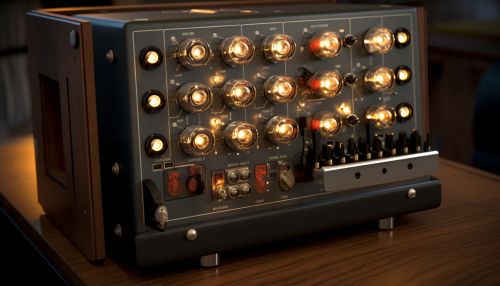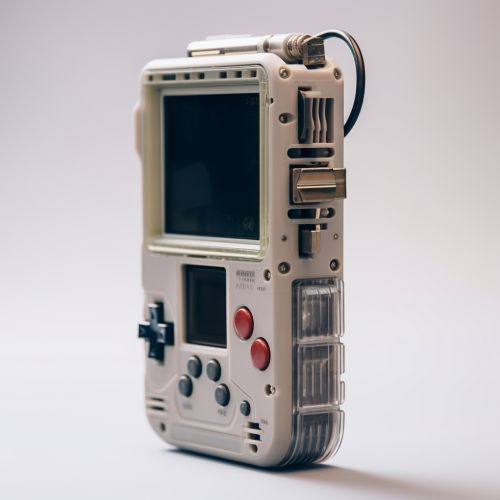Tetris
History
Tetris is a tile-matching video game created by Russian software engineer Alexey Pajitnov in 1984. It was the first entertainment software to be exported from the USSR to the US, where it was published by Spectrum HoloByte for the Commodore 64 and IBM PC. The game is a simple but addictive puzzle that has been released on nearly every gaming platform since its creation.


The game's name is derived from the Greek numerical prefix "tetra-", as all of the game's pieces, known as Tetriminos, contain four segments, and "tennis", Pajitnov's favorite sport.
Gameplay
In Tetris, players must manipulate these Tetriminos, which slide down from the top of the game screen, by moving them left or right and rotating them 90 degrees. The aim is to create a horizontal line of ten blocks without gaps. When such a line is created, it disappears, and any block above the deleted line will fall. The game ends when the stack of Tetriminos reaches the top of the playing field and no new Tetriminos are able to enter.


The game's scoring system rewards players for both the speed and efficiency of their line clearing. Bonus points are awarded for clearing multiple lines with a single piece. This is known as a "Tetris", and is the game's namesake.
Development and Impact
Tetris was initially created on an Electronika 60 while Pajitnov was working for the Dorodnitsyn Computing Centre, part of the Soviet Academy of Sciences. It was ported to various platforms by colleagues and quickly spread throughout Moscow and later the Soviet Union.


The game's popularity eventually attracted the attention of British software company Andromeda, who attempted to secure the rights to the PC version of Tetris. However, due to the confusion of the USSR's bureaucracy, the rights were instead sold to Elorg, a Soviet foreign trade organization. This led to a complex legal battle over the distribution rights to the game, which were eventually won by Nintendo.
The impact of Tetris on the video game industry cannot be overstated. It popularized the puzzle genre and has influenced countless games since its creation. It also played a significant role in the success of the Game Boy, Nintendo's handheld gaming device, as it was bundled with the system.


Legacy
Tetris has been remade on numerous platforms and has inspired a wide range of merchandise, from clothing to board games. It has also been the subject of various research studies, exploring topics such as the game's impact on the brain and its potential use in reducing post-traumatic stress disorder symptoms.


The game's enduring popularity has led to its induction into the Video Game Hall of Fame, and it continues to be a beloved and widely played game to this day.
